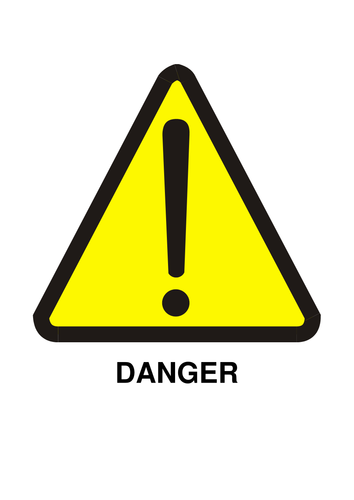

This programme takes a look at some extreme chemical reactions and explores a number of exciting experiments that can be performed in the classroom.
Starting with Group1 elements, Dr Kay Stephenson from the Royal Society of Chemistry shows the trends in reactivity on descending group 1. Bob Worley from CLEAPSS demonstrates the extreme reaction of rubidium and caesium in water and highlights the risk assessments required before attempting these experiments. They go on to demonstrate burning sodium in chlorine, burning calcium in air, reduction of copper oxide using magnesium powder, iron reacting with sulphur and sulphur with zinc. Professor Holloway from Leicester University, an expert on fluorine, demonstrates some rarely seen reactions, and continues to explore the decreasing reactivity of the halogens as we descend group 7. All the experiments demonstrated carry on-screen guidance and safety tips. With the exception of fluorine most of the experiments shown can be performed in school with appropriate safety precautions.
Something went wrong, please try again later.
Thank you for sharing your resource. This resource has been recommended by the TES Resource Team for its relevance to the 2014 National Curriculum
Video on exciting demonstrations to show the properties and reactivity of different elements. See also the word document warning about potential hazards if you intend to carry out the demonstrations shown (though please note this is not an exhaustive list).
Report this resourceto let us know if it violates our terms and conditions.
Our customer service team will review your report and will be in touch.
